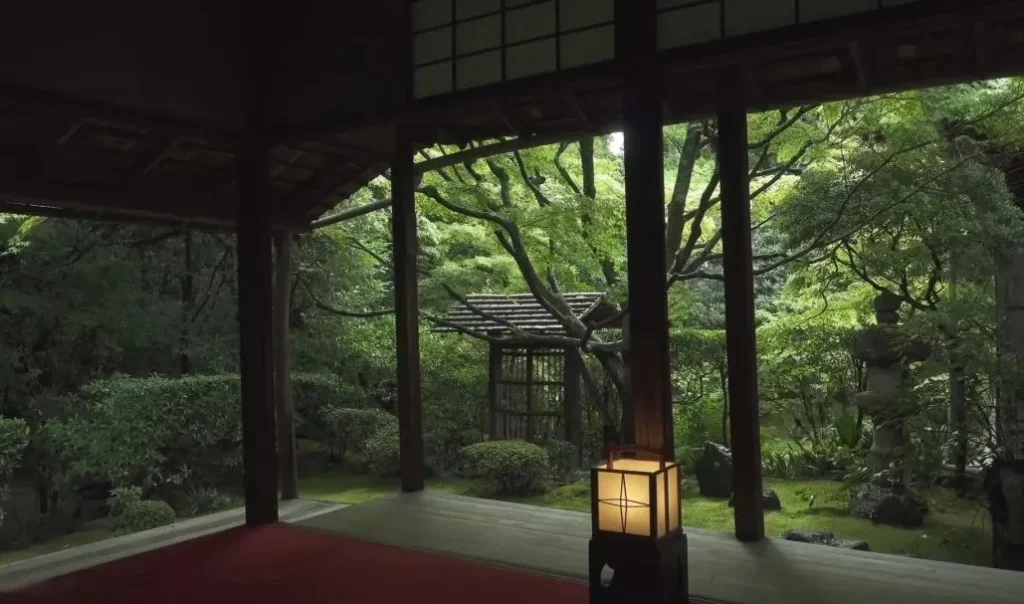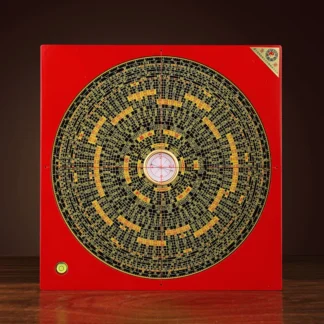
Feng Shui, also known as Chinese Geomancy, is an ancient architectural and environmental theory that integrates geology, geography, ecology, landscape design, architecture, ethics, and aesthetics. It has played a significant role in shaping traditional Chinese residential environments for thousands of years.
🌬️ What Is Feng Shui?
The term “Feng Shui” (literally “Wind and Water”) is believed to have first appeared in The Book of Burial (Zang Shu) by Guo Pu of the Jin Dynasty (circa 4th century AD):
“Qi rides the wind and scatters, but is retained when encountering water. The ancients gathered it so it would not disperse and directed it so it would settle. Thus, the method is called Feng Shui.”
In this context, “Qi” (life energy) is the key. Feng Shui is about finding places where Qi gathers. When Qi is dispersed by wind, it loses strength; when it is held by water, it becomes concentrated. The goal is to “hide from wind and retain water”, thus collecting prosperous Qi and fostering vitality.
Guo Pu also outlined the criteria for choosing a site: “The accumulation must come and settle; the area must balance sunlight and shade, have deep soil and water, and be rich in vegetation.”
🏔️ Symbolism in Feng Shui
In Feng Shui, “Dragon” refers to mountain ridges or geomantic flows of terrain. A moving dragon (mountain range) generates wind; a resting dragon implies stillness and presence of Qi. The true essence of Feng Shui lies in identifying the resting points of dragons—places where Qi can accumulate—and using them to gather prosperity.

📚 Other Names for Feng Shui
Over time, Feng Shui has been known by many other terms:
- Form School (形法)
- Kan Yu (堪舆)
- Qing Nang (青囊)
- Qing Wu (青乌)
- Qing Niao (青鸟)
- Geography (地理)
✨ Kan Yu (堪舆) – Observing Heaven and Earth
The Han Dynasty text Huainanzi states:
-

Traditional Chinese Directional Compass – Luo Pan Style
Sale! Price range: $21.00 through $98.00 Select options This product has multiple variants. The options may be chosen on the product page
“Kan Yu moves slowly, observing male and female through sound.”
Here, “Kan” refers to heaven, and “Yu” to earth. Thus, Kan Yu is the study of the interactions between celestial and terrestrial forces.
Combining the Lo Shu, He Tu, Five Elements, and Yin-Yang theories, Kan Yu evolved into a complex system to predict fortune and fate based on the interplay between heaven, earth, and human positioning.
📖 Qing Nang – The Ancient Manuals
Qing Nang (“Green Pouch”) gained prominence through Guo Pu, who was said to have received a mysterious nine-volume book from the Taoist sage Huangshi Gong. His works formed the foundation of burial geomancy, notably the Book of Burial (Zang Shu), which stated:
“Heaven has five stars; earth has five elements. Qi travels on land, and form reflects in the sky.”
Today, a condensed version titled Qing Nang Jing survives, comprising three scrolls with just 410 characters.
🧙 Qing Wu – The Sage of Site Selection
“Qing Wu” was a legendary geomancer said to have lived during the Yellow Emperor’s time. Ancient records such as The Records of the Grand Historian and Baopuzi credit him with mastering burial techniques and passing on vital site-selection knowledge. His insights into land forms, energy flows, and favorable burial locations shaped the field for centuries.
🌏 Di Li – The Ancient Study of Geography
The term “Di Li” (Geography) appears in classics such as the I Ching, where it refers not just to landforms, but also to the hidden patterns of nature. The I Ching states:
“By observing celestial phenomena and studying the forms of the land, one can understand the mysteries of life and death.”
Later scholars like Wang Chong explained:
“Heaven has sun, moon, and stars—that’s its pattern. Earth has mountains, rivers, and valleys—that’s its logic.”
Thus, Di Li was not just physical geography but a study of the natural logic of the Earth.
🧠 Summary
Feng Shui is far more than folklore. It is a comprehensive ancient Chinese science that studies how the cosmic energy (Qi) interacts with our living environment. From mountain forms and water flow to building orientation and grave placement, its goal is always the same: to harmonize human life with the natural world.
Whether called Feng Shui, Kan Yu, or Qing Nang, these practices reveal a deep respect for nature’s rhythms, embodying the wisdom of Taoist metaphysics that has endured for millennia.
